Israel at War - Day 469
This Roundup Is All About the Proposed Ceasefire Agreement Between Israel and Hamas
1. Israel and Hamas Reach a Deal: Release of 33 Israeli Hostages, 1,000 Palestinian Detainees and Ceasefire
The first step of the deal will last 42 days, in which 33 Israeli hostages, living and dead, will be returned. Israel and Hamas agreed on a ceasefire. The first group that will be released will include ten women, five of them civilians who were abducted from the Nova music festival, and five soldiers who were abducted from the army base on the border with Gaza. Also to be released are hostages over 50 years old.
Israel agreed to withdraw from key points in Gaza: the Philadelphi [sic] and Netzarim corridors. The Philadelphi corridor is a strip on the border between Gaza and Egypt. The Netzarim corridor bisects the Gaza Strip, separating the north from the south. Israel also agreed to allow Palestinians to return to the northern part of the Gaza Strip. Hundreds of thousands of Palestinians were displaced from their homes in the north and are camped in tents in southern Gaza.
Israel also agreed to allow 600 trucks to enter Gaza, with food and medical aid.
Israel will release 1,000 Palestinians, some of them serving time in Israeli prisons, after terror convictions. Israel will not release any Hamas militants who were involved in the October 7th attack. Israel also wants to ensure that some of those released militant Palestinians will be deported out of the region.
This will be the first stage of a much broader deal. It will last 42 days, in which the parties will continue negotiating over the next steps; the end of war, the release of all remaining hostages from Gaza, the withdrawal of the Israeli army from Gaza, and the start of rebuilding and rehabilitating Gaza.
According to Israeli law, those who oppose the deal will be able to appeal to the Supreme Court once the deal is approved by the government. This should be ruled upon by the court by Sunday morning before the deal is enacted.
2. Cabinet Finally Approves Israel-Hamas Ceasefire/Hostage Deal
Forty eight hours after the dramatic announcement that Israel and Hamas signed a ceasefire/hostage deal, Israel's security cabinet approved the deal today (Friday) afternoon, and recommended its approval by the wider cabinet. The deal is scheduled to take effect on Sunday, January nineteenth. Following the final approval by the government, Hamas will release the names of the hostages to be released on Sunday.
The approval of the deal may threaten the stability of Netanyahu’s right-wing government. Heads of the far-right parties in the coalition, Itamar Ben-Gvir (Jewish Power) and Betzalel Smotrich (Religious Zionism) said that the deal was “reckless” and will erase all of Israel’s military achievements in Gaza in past 15 months. In a press conference on Thursday evening the Minister of National Security Ben Gvir announced that his party will withdraw from the governing coalition should the security cabinet approve the deal. He added that the party will rejoin the coalition if Israel resumes fighting in Gaza once the first phase of the deal is completed. Minister of Finance Smotrich also said that his party will support the deal if the IDF was to return to Gaza after the first phase of the deal is complete.
The night before the Cabinet approved the deal, thousands took to the streets in Tel Aviv, Haifa and Jerusalem in support of the deal and the hostages’ families. Several hundred people demonstrated in Jerusalem against the deal.
3. What Will Happen in Gaza After the Ceasefire Takes Effect
With the first phase of the Israel-Hamas ceasefire/hostage deal scheduled to take effect on January 19, it remains unknown who will rule Gaza once the release of all hostages is completed and the Israeli military withdraws from Gaza.
Israel has already rejected the possibility of Hamas playing a role in running civic affairs in Gaza, as well as the idea of the Palestinian Authority playing such a role.
Legislation banning UNRWA, the UN agency serving Palestinian refugees in Gaza, the West Bank, and East Jerusalem, will take effect in two weeks. The legislation was prompted by the governing coalition following allegations of the involvement of UNRWA employees in the October 7th attack on Israel. UNRWA officials and foreign diplomats warned of the implications of the ban on the provision of vital aid and services to displaced Gazans and families in need. According to Israeli media, Israeli officials, through US mediators, are negotiating a solution with the UN whereby UNRWA’s international directors will be replaced, while Palestinian employees will remain on the ground, yet continue to operate under the auspices of other UN agencies, such as the United Nations Development Program (UNDP). Senior security sources told the media that they do not reject this option.
4. Two Israelis Who have been Held in Gaza for Ten Years, Will be Released in the First Stage of the Deal
Avera Mengistu (38) and Hisham al-Sayed (36) are among the first 33 hostages to be released in the first stage of the deal. Avera is of Ethiopian origin and has some mental issues. He was roaming around Israel, and at a certain point, in September 2014, he entered the Gaza Strip willingly and was captured by Hamas. His family and other activists were trying to push for Israel to reach a deal for his release. In the past there were several occasions in which there were rumors that a deal was close, but thus far nothing happened. Maybe it was also linked to the fact that the family is weak, new immigrants, without strong ties to decision-makers.
The other hostage, Hisham al-Sayed comes from another marginal sector in Israel, the Beduins. He also entered Gaza in what was seen as a willing act. He entered Gaza in 2015. Hamas claimed that he was an Israeli soldier, but this was denied. Both are included in the first stage of the deal.
5. Both President Biden and President-Elect, Trump, Claimed Credit for the Hostage Exchange Deal
Two American Presidents claimed credit for the hostage exchange deal. President-elect Trump has invested a lot of effort and rhetoric to convince both sides, Israel and Hamas, to finalize a deal to release the Israeli hostages held in Gaza and agree to end the war, before he takes office after his inauguration this coming Monday, January 20th. His special adviser and envoy to the Middle East, Steve Witkoff, toured the Middle East last weekend and pressured PM Netanyahu to accept the suggested deal and end the war, in three stages in which all hostages, living and dead, will be released and the Israeli army will withdraw from all Palestinian Territories in Gaza. PM Netanyahu did not have much choice, and according to all analysts, he did not want to start his relations with the coming administration on the wrong foot.
On the other hand, President Biden said in one of his last speeches as President that he put a lot of pressure on the parties to close the deal, that it was the same deal that he worked on and put on the table in May last year.
President-elect Trump said that he wants to use this event as a restart to the Middle East region, improve on the Abraham Accords, include Saudi Arabia in the agreement, and use the occasion to create a coalition that will help rebuild Gaza.
Twenty Years of War in Gaza - Rinse and Repeat
Rinse and Repeat - used to indicate the continual repetition of an action or sequence of events, typically in a way regarded as tiresomely predictable.
2005 - Israel withdraws from Gaza
2006 - Operation Summer Rains follows the kidnapping of Israeli soldier Gilad Shavit. Israeli casualties: five soldiers and six civilians killed, 38 soldiers and 44 civilians wounded. Palestinian casualties: 277 militants, 117 civilians, 6 policemen, and 2 presidential guards killed. Approximately 1,000 were wounded.
2006 - Operation Autumn Clouds follows numerous rocket and mortar attacks on Southern Israel. Israeli casualties: one soldier killed and three civilians wounded. Palestinian casualties: 82 killed, at least half were civilians and more than 260 wounded.
2008 - Operation Hot Winter follows six Grad missiles fired at Ashkelon. Israeli casualties: 2 soldiers and one civilian killed, eight wounded. Palestinian casualties: 60 militants and 52 civilians killed, 350 wounded
2008/9 First Gaza War, Operation Cast Lead. Israeli casualties: 13 soldiers and three civilians killed. 336 soldiers and 182 civilians were wounded. Palestinian casualties: approximately 1,400 killed, about 25% militants. About 5,300 wounded.
2008-2012 multiple skirmishes and attacks from both sides.
2012 Operation Returning Echo. After Israel assassinated a senior Palestinian militant, Popular Resistance militants mounted a series of cross-border attacks, killing eight Israelis and firing hundreds of rockets, mortars, and missiles at Israeli cities. Israeli casualties: 23 civilians wounded. Palestinian casualties: 18 militants and 5 civilians killed. 74 wounded, mostly civilians.
2012 Operation Pillar of Defense. Israeli casualties: 2 soldiers and 4 civilians killed. Palestinian casualties: 55 combatants and 106 civilians killed. 29 combatants and 971 civilians were wounded.
2014 Second Gaza War Operation Protective Edge. Israel casualties: 67 soldiers and 6 civilians killed. Palestinian casualties: 2,310 killed (70% civilians, 10,629 wounded (65% civilians).
2021 Third Gaza War Unity Intifada, Operation Guardian of the Walls. Israeli casualties: One soldier and 14 civilians were killed. 3 soldiers and 114 civilians were wounded. Palestinian casualties: 80-200 militants and 256 civilians killed. 2,000 wounded.
2022 Operation Breaking Dawn. Israel casualties: 2 IDF soldiers were wounded, 21 civilians treated for anxiety, 39 for injuries sustained while rushing to shelters. Palestinian casualties: 49 killed including 17 children. 50 civilians were wounded.
2023 Hamas October 7 attack on Israel. Israeli casualties: 1,180 killed including 761 civilians and 36 children. 251 hostages were taken. Palestinian casualties: 1,609 militants killed.
2023-2025 Fourth Gaza War Swords of Iron. Israeli casualties: 407 killed. About 10,000 were wounded or mentally affected. Palestinian casualties: 47,000 killed of which about 17,000 are militants. More than 60,000 wounded.
January 17, 2025, after 469 days of fighting, 8 months after the Biden cease-fire proposal, it appears that a cease-fire has been negotiated along the lines of the Biden proposal. From May 2024 till January 2025, more than 200 Israeli soldiers and thousands of Gazans have died. All those deaths could have been prevented.
But… here we go again after the current lengthy war did not achieve Netanyahu's objectives by force, he has no choice but to negotiate a settlement essentially leaving Hamas exactly where it was on October 6 and in a position to impose another war with Israel at some time in the future.
This hopeless cycle of violence will continue ad infinitum until the underlying cause, the Israeli-Palestinian war, is peacefully settled.






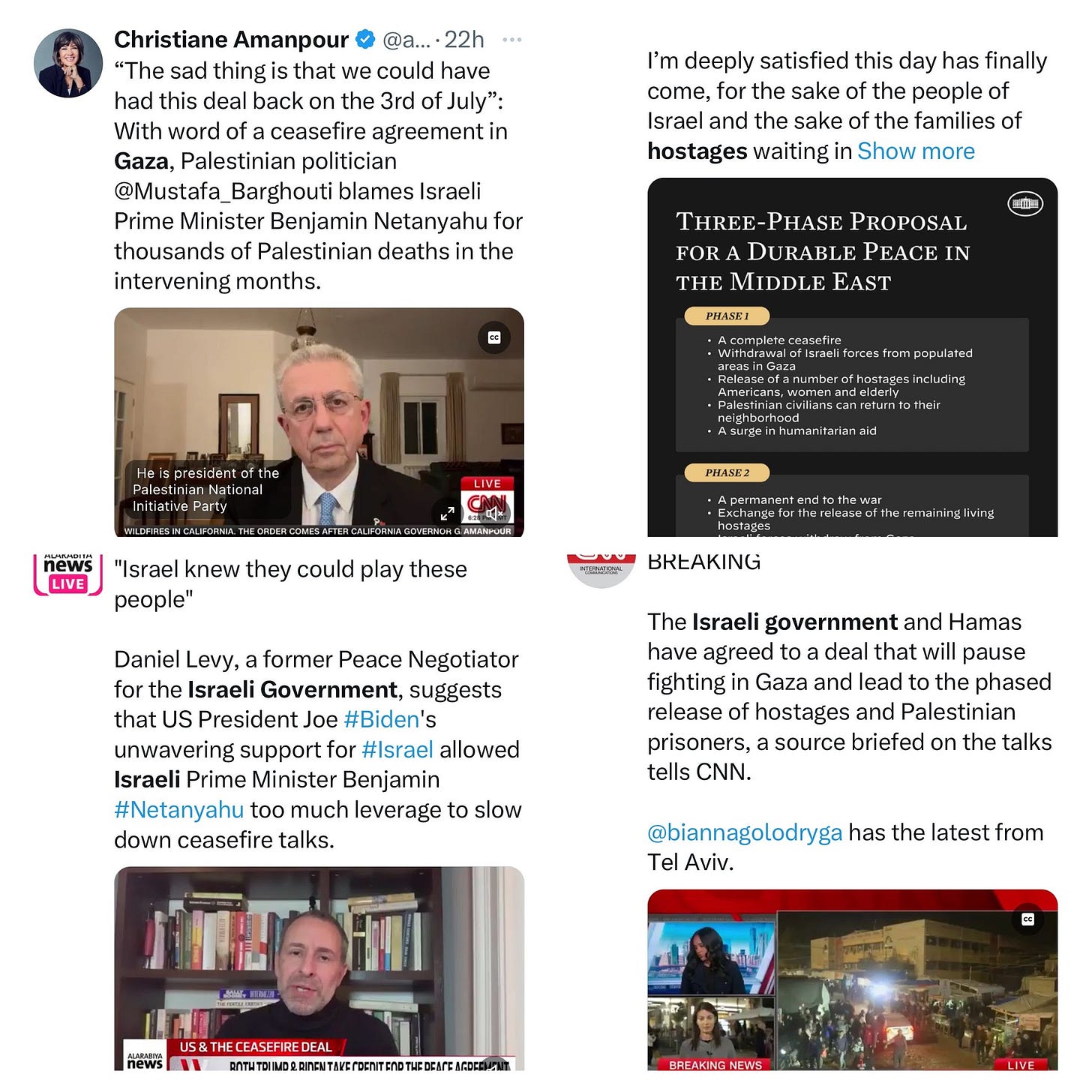
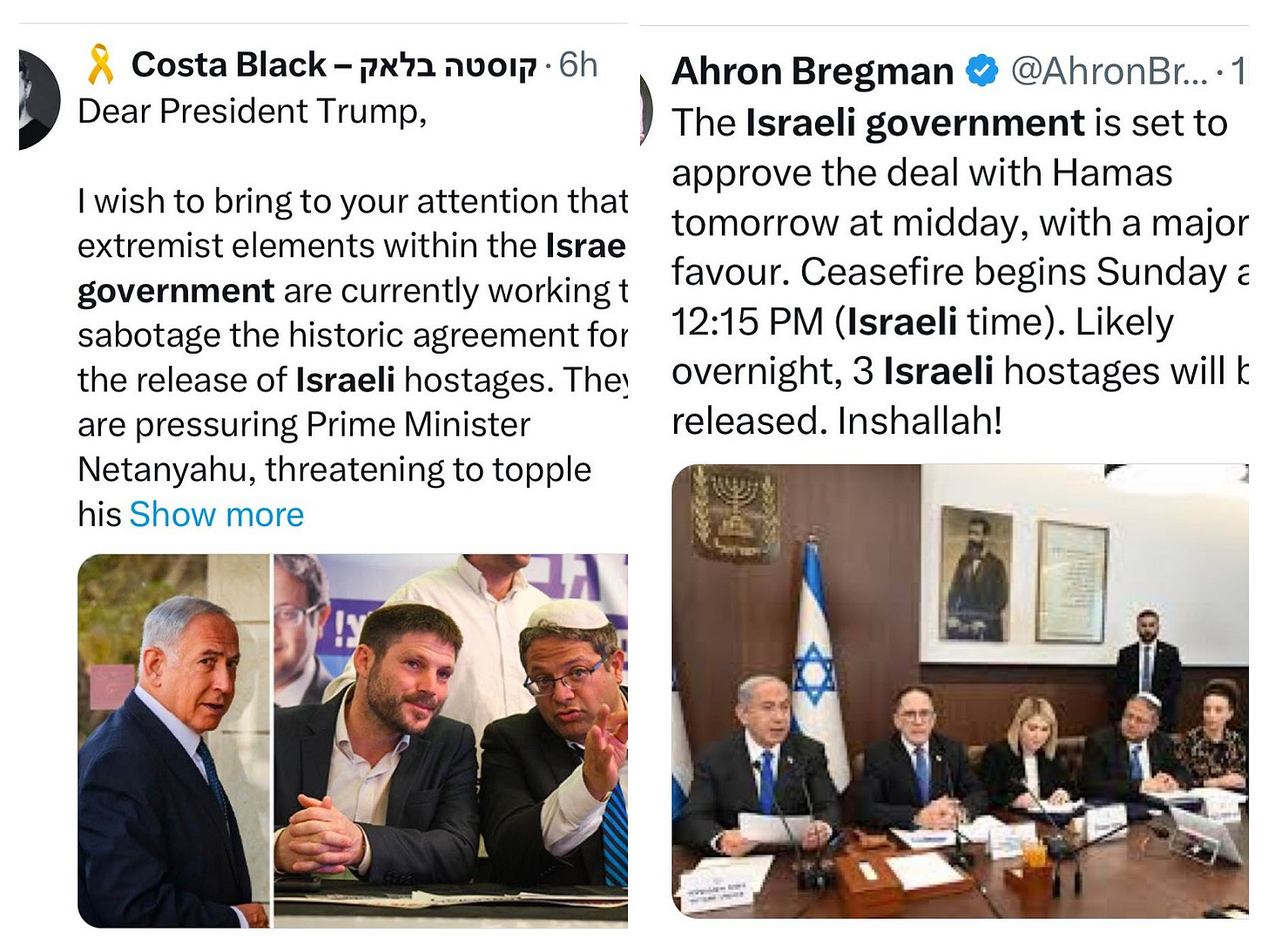
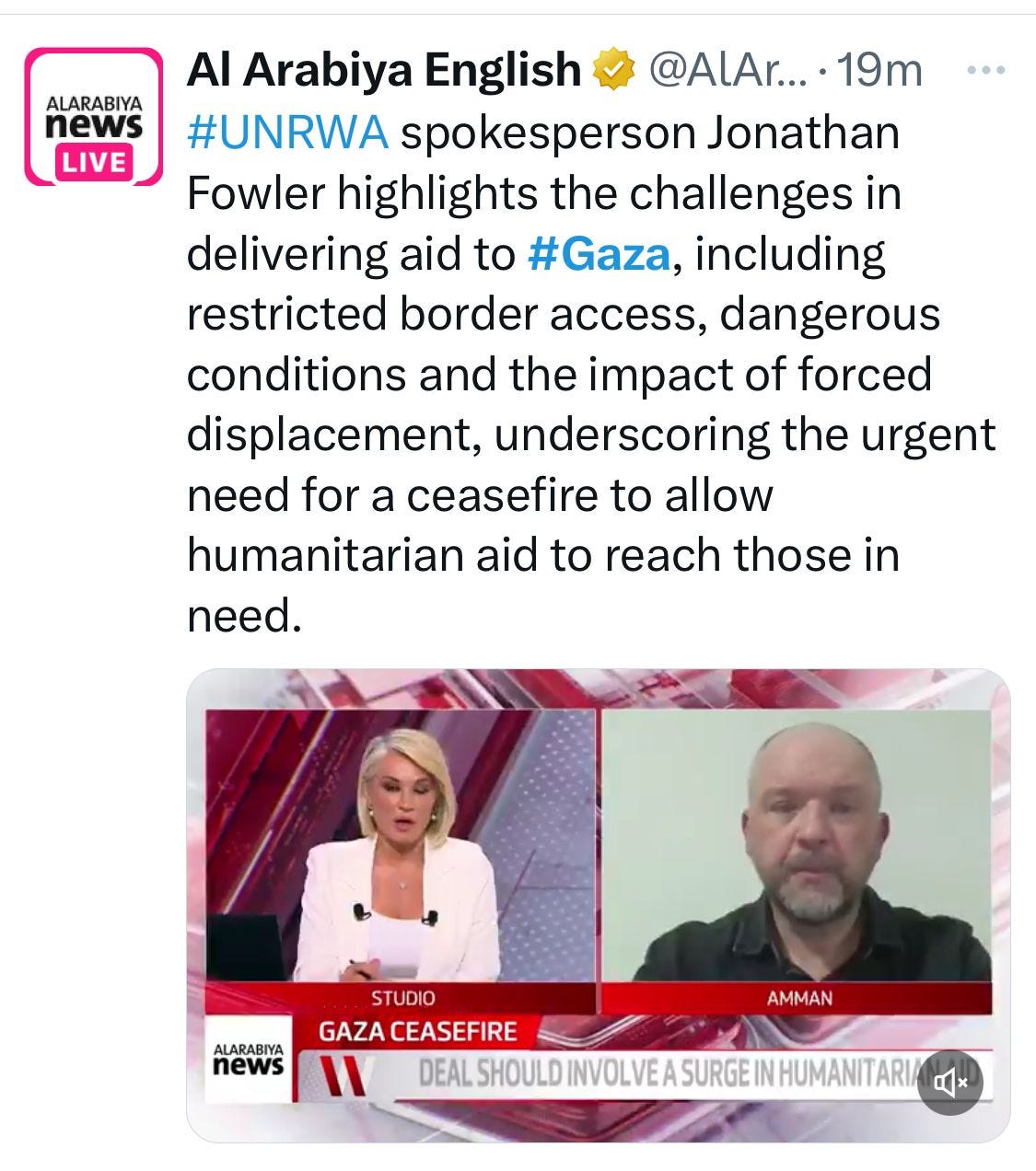
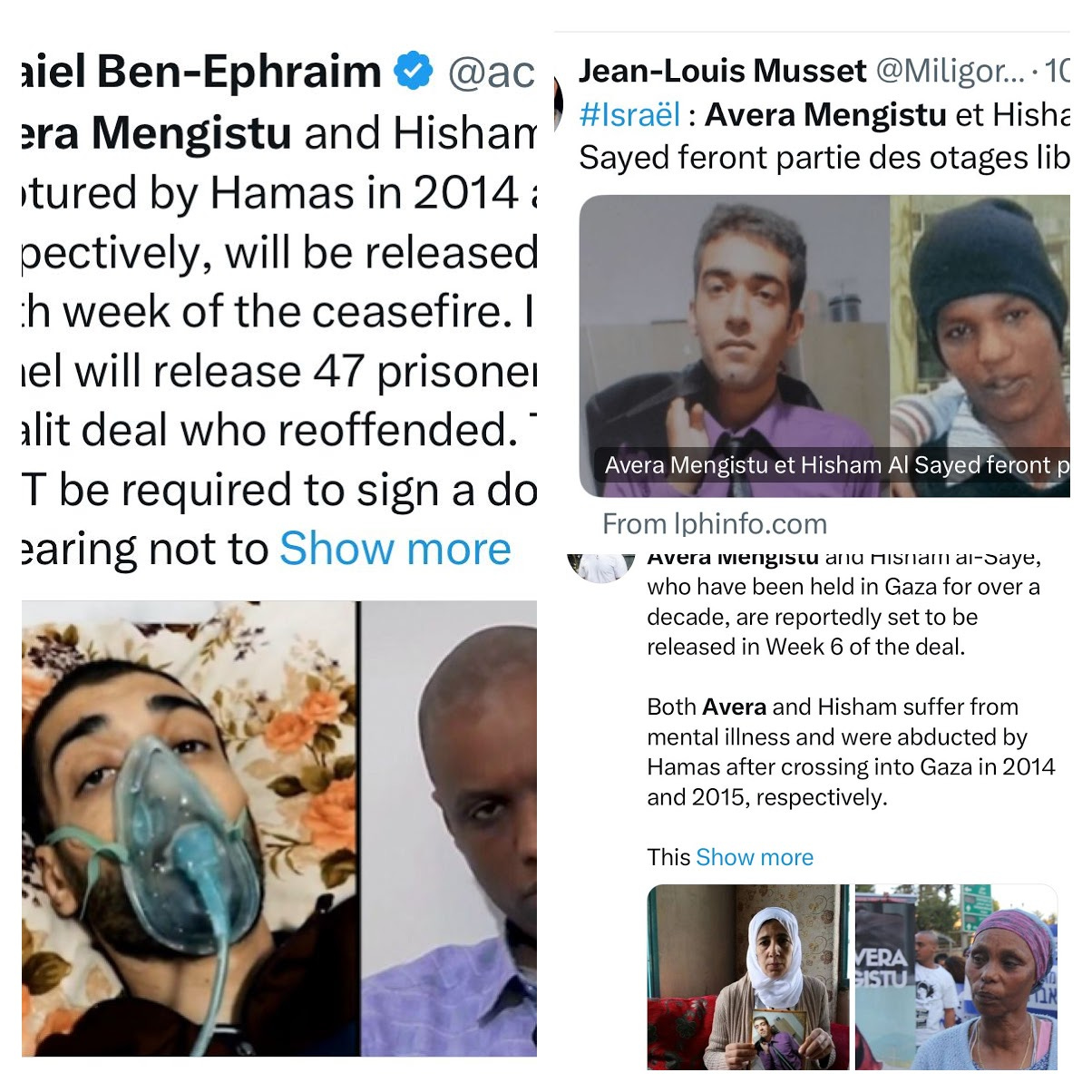
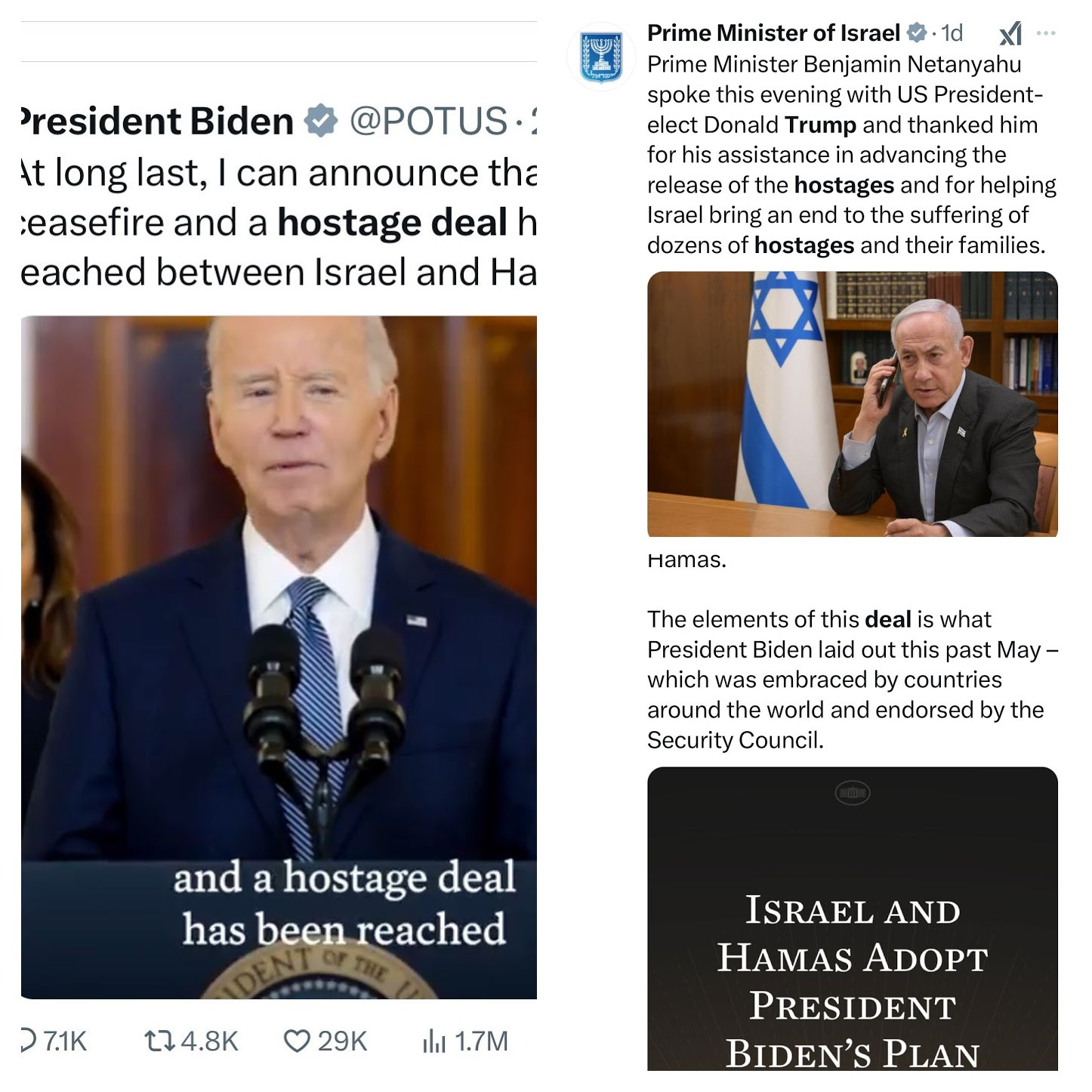
that’s a whole lot of convicts, worrying for the coming months and years